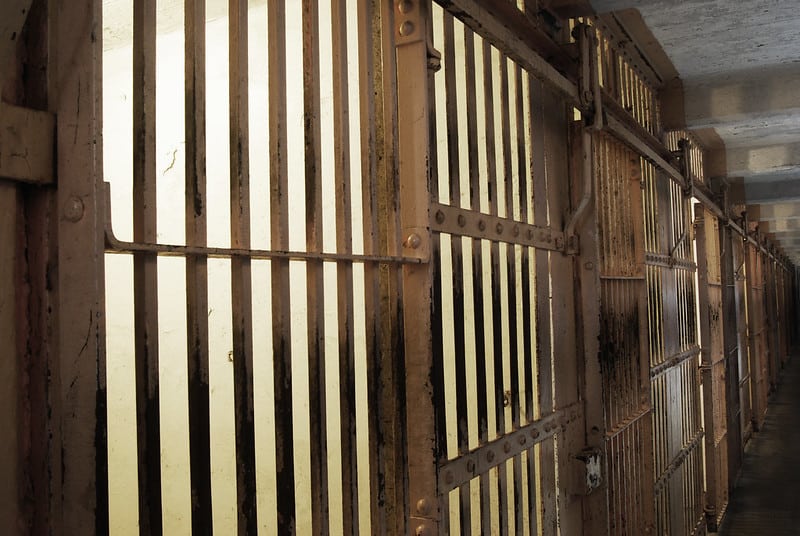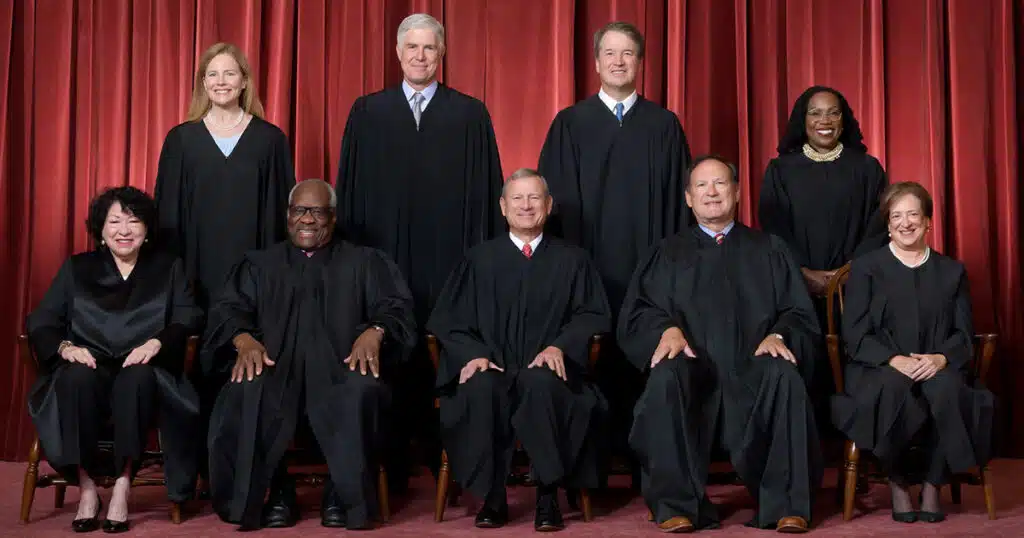
Coast to Coast, Zero-Bail Policies Get Zero Grade, Don’t Deter Suspects From Re-Offending
For those who subscribe to a traditional perspective on criminal justice, it would arguably be a logical proposition, that if you arrest but then release a criminal suspect without imposing any monetary bail, there’s a good chance that suspect will commit more crimes and end up being re-arrested. And, yet, the premise has proved a point of contention for liberal politicians and social justice activists who have refused to accept publicly that non-monetary releases have any bearing on subsequent crimes.
Data released last September by the New York State Division of Criminal Justice Services, however, provided researchers at the Manhattan Institute with the information they needed to compare the re-arrest rate for offenders prior to the state’s 2020 bail reform law with the rearrest rate after the law took effect, according to a story by the California Globe.
The intent of the bail reform law was to force judges to release without bail more individuals who were arrested. Nonetheless, a piece in the City Journal confirmed that when offenders are released without bail, they are more likely to be rearrested for committing new crimes.
No surprise in today’s politically-charged climate, the finding was generally ignored by major media outlets and liberal think tanks which spent months trying to convince the public that releasing more offenders without bail was not the cause of increased crime across the state.
One shining exception was a New York Post article by Jim Quinn that was published last September and pointed out that “in 2019, 166 of the NMR participants ended up re-arrested each month. In 2021, the number of re-arrests each month soared to 445, which included 300 felony arrests each month.”
Earlier this month, a study by the Yolo County District Attorney’s Office in Northern California appears to confirm the New York findings. Even though California did not enact a bail reform law similar to New York’s, the state did order a Statewide Emergency Bail Policy on April 6, 2020, in response to the COVID pandemic — eliminating bail for those arrested for misdemeanors and nonviolent felonies. The policy enforced in Yolo County until May 31, 2021.
To be clear, vehicle theft and drug dealing are nonviolent felonies under California law.
The study looked at a random sample of 100 arrested individuals released under emergency zero bail in Yolo County and compared their recidivism with a random sample of 100 individuals with similar circumstances who posted bail in Yolo County between January 2018 to December 2019.
“Offender demographics and original offenses were similar for the comparison groups despite the random sample generator process. Recidivism was counted if the individual was arrested anywhere within 18 months, for at least one new crime, after being previously released,” the research said.
“In this study, individuals released on zero bail were subsequently rearrested for a total of 163 percent more crimes than individuals released on bail…The average recidivism rate for those released on zero bail was 78 percent over 18 months, while the average recidivism rate for those released on bail was only 46 percent. Thus, arrested individuals released on zero bail re-offended at an average rate that was 70 percent higher than arrestees who posted bail,” the study read. “Individuals released on zero bail committed new felonies 90 percent more often than those who posted bail…. Individuals released on zero bail committed new violent offenses 200 percent more often than those who posted bail.”
Widely published claims that the crime spike was caused by the pandemic fail to explain why during the first four months of business lockdowns and school closures and masking, crime rates were significantly lower than in previous years. But, then, after the nationwide George Floyd riots erupted in late May 2020, reported crimes, especially violent crimes, climbed to unprecedented highs. One compelling conclusion is that with tens of thousands of offenders turned loose under zero bail, and tacit approval of the supposedly “mostly peaceful” rioting by the national media and political leaders, many areas of the country had become consequence-free environments for criminals.
Put another way, the blanket elimination of bail for large classes of suspects was never a good approach, and it was a particularly bad idea in 2020.



